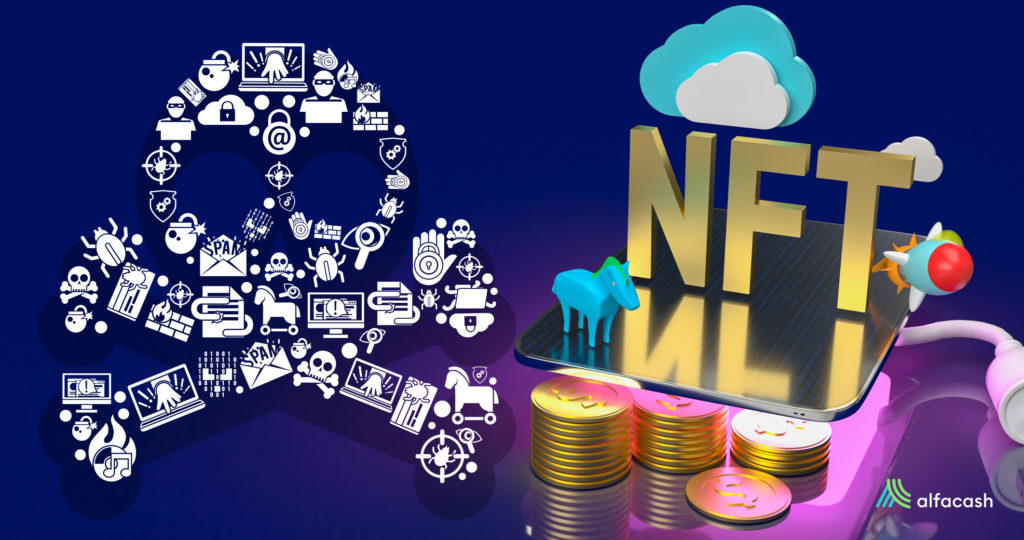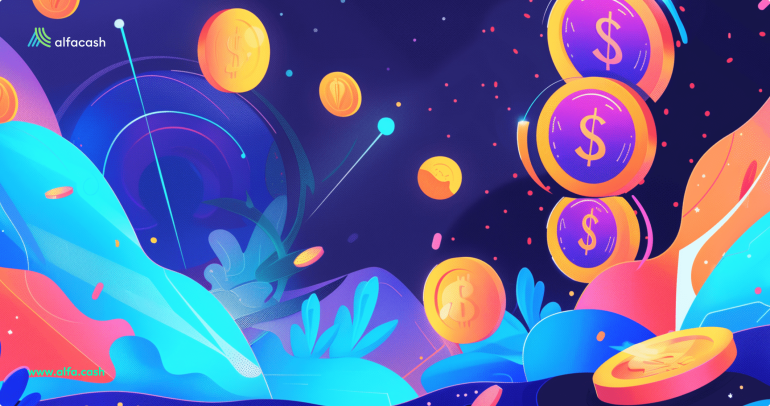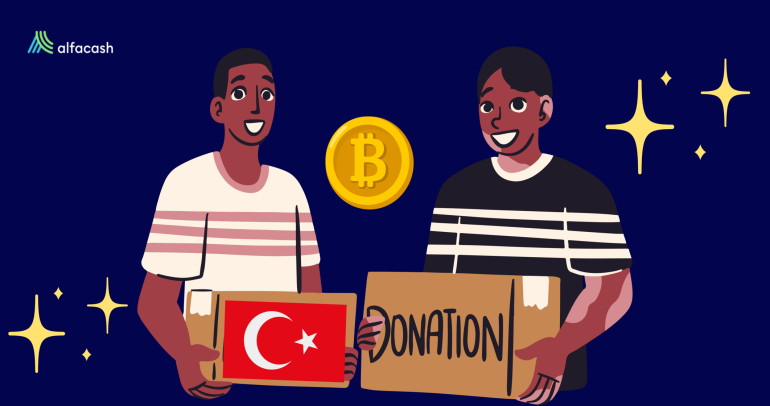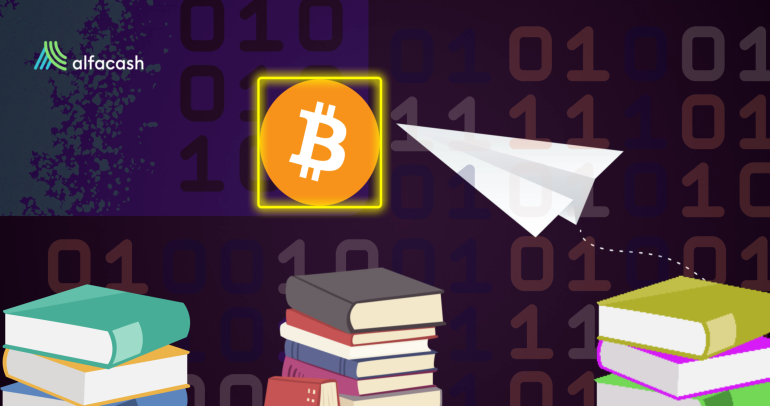Non-Fungible Tokens (NFTs) are everywhere these days. You can hear about them in collections, marketplaces, and even games. They’re unique digital items with a subjective and variable price, desirable for collectors. And also desirable for criminals? Well, probably yes. As it turns out, the NFTs have a dark side.
Of course, the potential pollution is probably the most discussed thing about it. But this is just the tip of the iceberg, and, surprisingly, something easily resolvable (in theory). Sadly, like most of the tools in this world, the NFTs can be used for evil as well. Let’s explore these bad uses and how to fight them.
Dark side one: NFTs scams
According to the analytics page Non Fungible, over $2.1 billion have been spent on NFTs sales in total. That’s the perfect figure to lure scammers of all kinds. They already developed three main ways to steal the users’ funds and NFTs: impersonating support services, making fake giveaways, and even building and promoting fraudulent projects from the scratch.

Let’s start with the support services. When the users of the different NFT marketplaces need some kind of help, they can contact the support of the platform. And they usually do this through Discord, which has become a hub for the crypto world. Legitimate members of such platforms are there, but the scammers are also there, waiting for victims.
Then, the scammers send them private messages and make them think they’re helping. Until they ask for sharing the screen to snatch the victim’s private keys from a MetaMask QR codeA graphical representation of a public or private key. Scanning QR codes is a simple way to share keys between... More. They’ve emptied a lot of wallets this way, including the NFTs.
That’s why marketplaces like OpenSea have implemented an SOS button. This one allows users to lock their own account if they suspect is compromised. MetaMask also took measures by temporarily disabling their mobile QR code sync feature (exploited by the scammers).
Other than these, there is some community fundraising for the victims and a couple of “rescue bots” making automatic low offers to the scammers to retrieve the pieces and return them to the original owners.
More fake promises
For its part, the fake giveaways are classical at this point. The NFT scammers from the dark side offer a supposed giveaway, only if the participants send them “small amounts” first. Of course, they never pay something back. The fraudulent NFTs projects require more work since they’re entire web pages and even entire new concepts. The easier way for the scammers is replicating existing markets (phishing), like OpenSea or Rarible. This way, they’d steal the people’s private keys.
But there’s another option. They can also promise to mint brand new NFTs or even to create a game or DeFi platform that will never come. For example, we already talked about the fake NFT Marvel Marketplace that appeared in June. They promised to create Marvel-themed NFTs and released a fundraising campaign for it. At this point, the webpage doesn’t even exist anymore, and the investors didn’t recover their money.
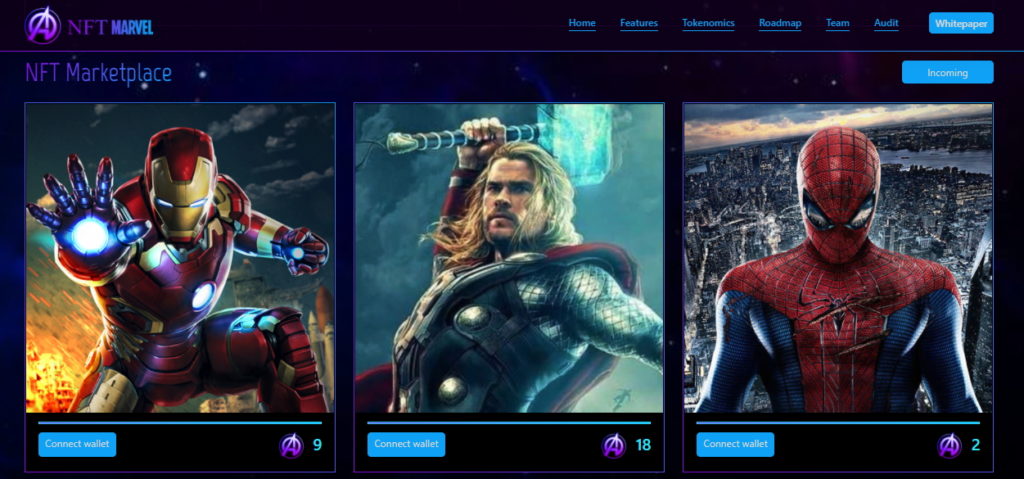
Something similar happened with the project “Evolved Apes”. A developer dubbed “Evil Ape” promised to make “a collection of 10000 unique NFTs trapped inside a lawless land,” and include them in a game. Not long after, they disappeared with over $2 million from investors. At least, the community joined to create “Fight Back Apes”, a legitimate project based on the old one.
It’s difficult to tell apart the legit projects from the scams in this case. The authors of legit projects in the cryptocurrencyA digital currency running on a blockchain and built with cryptography. Contrary to central-bank issued currency, cryptocurrency issuance rules are... More world use to be anonymous (like Satoshi Nakamoto himself). So, it’s very important to make deep research on every project before investing, and never bet an amount you can’t afford to lose.
Dark side two: Money laundering with NFTs
We already talked about the most expensive NFTs ever sold. As you might know, they’re sold for millions of dollars per piece. After all, art is subjective. It’s likely that most of the buyers really appreciate to that extent the value of these pieces of digital art. But we can’t say that from everyone. Sometimes, the only purpose to buy NFTs at so high prices is none other than money laundering.

A.J. Woloszynski, from the U.S. accounting firm EisenAmper, explains it clearly:
“Someone looking to ‘clean’ dirty money could theoretically generate (or purchase) an anonymous NFT; list it for sale on the blockchainBlockchain is a type of database storing an immutable set of data, verifiable to anyone with access to it —through...; purchase it from himself/herself from an anonymous, unregulated digital walletA crypto wallet is a user-friendly software or hardware used to manage private keys. There are software wallets for desktop... More with illicit funds; and then recognize the money as legitimate funds from the sale of the artwork.”
At least, this trick would bring around 20% in taxes for capital gains in the United States. Apparently, the people who use cryptocurrencies to buy NFTs will still have to pay taxes in this country. However, there is another way to evade taxes using NFTs. As it was described by CryptoWhale:
“Tax evasion through NFTs can also be easily achieved through the same strategies employed using physical art: mint eleven NFT’s, sell one to a friend for $10,000, donate the other ten for a $100,000 loss. Easy-peasy!”
This is exactly why countries like Panama are already planning their own regulations for NFTs. Likely, popular marketplaces such as OpenSea, Rarible, Foundation, or Nifty Gateway will start to apply the same verification measures as crypto exchanges (KYC/AML) eventually.
Dark side three: Potential pollution on NFTs
The pollution that can be generated by these artworks is very discussed these days. Some people think NFTs only have a dark side because they’re an environmental disaster, but that’s very far from the truth. They’re not perfect either, though. The main argument against NFTs (and some cryptos) is the high use of electricity needed to issue and verify them.

Cryptocurrency mining with the system Proof-of-Work (PoW) uses on purpose a lot of electricity to solve complex mathematical problems before minting new coins. This offers a lot of security to the blockchain networks. But the downside, again, is the high use of energy. If this energy is produced with fossil fuels, that means more contamination to the air and more global warming.
Currently, most of NFTs are issued through systems based on Ethereum, a PoW blockchain (still). According to Digiconomist, Ethereum uses 80.3 TWh per year, and has a carbon footprint of 38.18 Mt (million tons) CO2, “comparable to the carbon footprint of Slovakia”. But wait, because the comparisons go beyond this.
The banking industry consumes about 639 TWh annually. Considering that 1 KWh produces approximately 1 pound of carbon dioxide (CO2), this industry alone would release 319.5 Mt CO2 into the atmosphere. Gold mining consumes about 138.9 TWh per year, which translates into 69.4 Mt CO2. The fossil fuel producers make nothing less than 923 billion tons of CO2 [Carbon Disclosure Project]. Indeed, only 100 of these companies emit 70% of global CO2 emissions.

Besides, not all the transactions on Ethereum have to do with NFTs. They’re still a small part in comparison. Not to mention that this blockchain have plans to migrate to the system Proof-of-Stake (PoS), which doesn’t require any energy. And talking about that, there are (literally) hundreds of other NFTs marketplaces based on PoS systems [CleanNFTs].
Are NFTs that bad?
Short answer: no. NFTs are a tool that can be used by anyone worldwide, just like cryptocurrencies in general (and traditional money). They can be used for bad, and they can be used for good. First of all, NFTs are a very valuable tool for artists.
Before them, digital art was very hard to sell in the best of cases. NFTs have opened the doors for talents worldwide. Besides, this tech provides an additional layer for the creators: royalties. The owner may have the NFT but doesn’t have the copyright of the work per se. So, in several cases, every time a work is sold, a percentage of it goes automatically to the artist’s wallet.

And yes, they’re been used for good as well. For example, Art Blocks, a platform of programmable artworks on Ethereum, raised $23.5 million for charity in August. Their artists are willing to donate somewhere between 10% to 25% of their earnings. And that’s not all. Initiatives like NFT for Good on the Binance Smart Chain (BSC) allow artists and investors to use the NFTs to help others.
The NFTs have a dark side, but that’s not everything that they have to offer. Mostly, they’re a useful tool that has allowed us to discover a whole new world of possibilities.
Wanna trade BTCAn abbreviation for Bitcoin., ETH, and other tokens? You can do it safely on Alfacash! And not forget we’re talking about this and a lot of other things on our social media.
Twitter * Telegram * Facebook * Instagram * Youtube * Vkontakte
